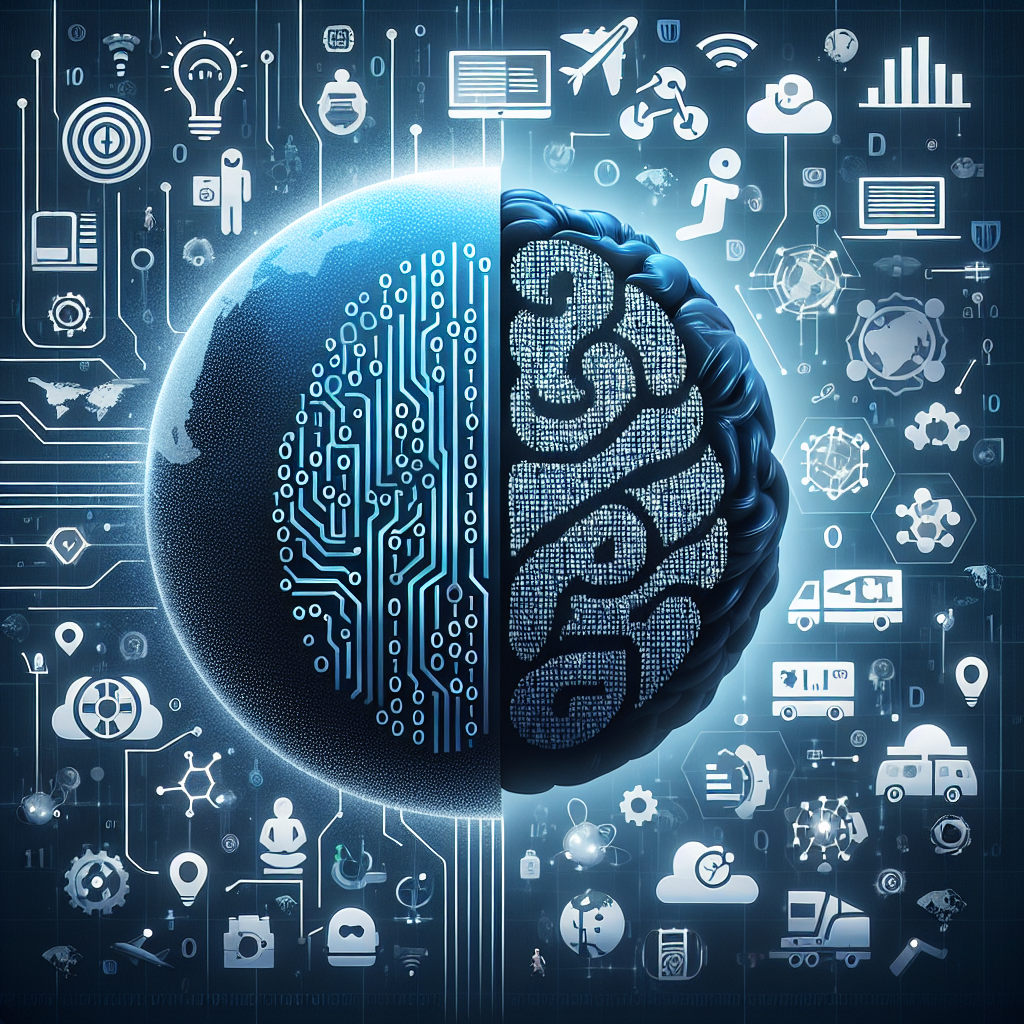In recent years, machine learning has emerged as a powerful tool that is revolutionizing many industries and changing the way we interact with technology. From personalized recommendations on streaming services to self-driving cars, machine learning algorithms are at the heart of many of the most cutting-edge innovations in the world today.
But what exactly is machine learning, and how does it work? Simply put, machine learning is a subset of artificial intelligence (AI) that allows computers to learn from data without being explicitly programmed. Instead of following a set of predetermined rules, machine learning algorithms are able to analyze large amounts of data, identify patterns, and make decisions or predictions based on that information.
There are three main types of machine learning algorithms: supervised learning, unsupervised learning, and reinforcement learning. In supervised learning, the algorithm is trained on a labeled dataset, where each data point is accompanied by the correct output. The algorithm learns to make predictions by comparing its output with the correct labels and adjusting its parameters accordingly.
Unsupervised learning, on the other hand, involves training the algorithm on an unlabeled dataset and allowing it to discover patterns and relationships on its own. This type of learning is often used for clustering and data visualization tasks.
Reinforcement learning is a type of learning where an algorithm learns to make decisions by interacting with an environment and receiving feedback in the form of rewards or penalties. This type of learning is often used in robotics, gaming, and other applications where the algorithm needs to learn how to navigate a complex environment.
Machine learning algorithms are being used in a wide range of industries, from healthcare and finance to marketing and transportation. In healthcare, machine learning is being used to analyze medical images, predict patient outcomes, and personalize treatment plans. In finance, machine learning algorithms are being used to detect fraud, optimize trading strategies, and assess credit risk.
In marketing, machine learning is being used to analyze consumer behavior, personalize marketing campaigns, and optimize pricing strategies. In transportation, machine learning algorithms are being used to optimize traffic flow, predict maintenance needs, and develop self-driving cars.
As machine learning continues to advance, it is clear that AI algorithms are changing the world in profound ways. From improving healthcare outcomes to revolutionizing transportation, machine learning is reshaping the way we live and work. Understanding how machine learning works and the potential applications of AI algorithms is essential for anyone looking to stay ahead in this rapidly evolving field.


Leave a Reply